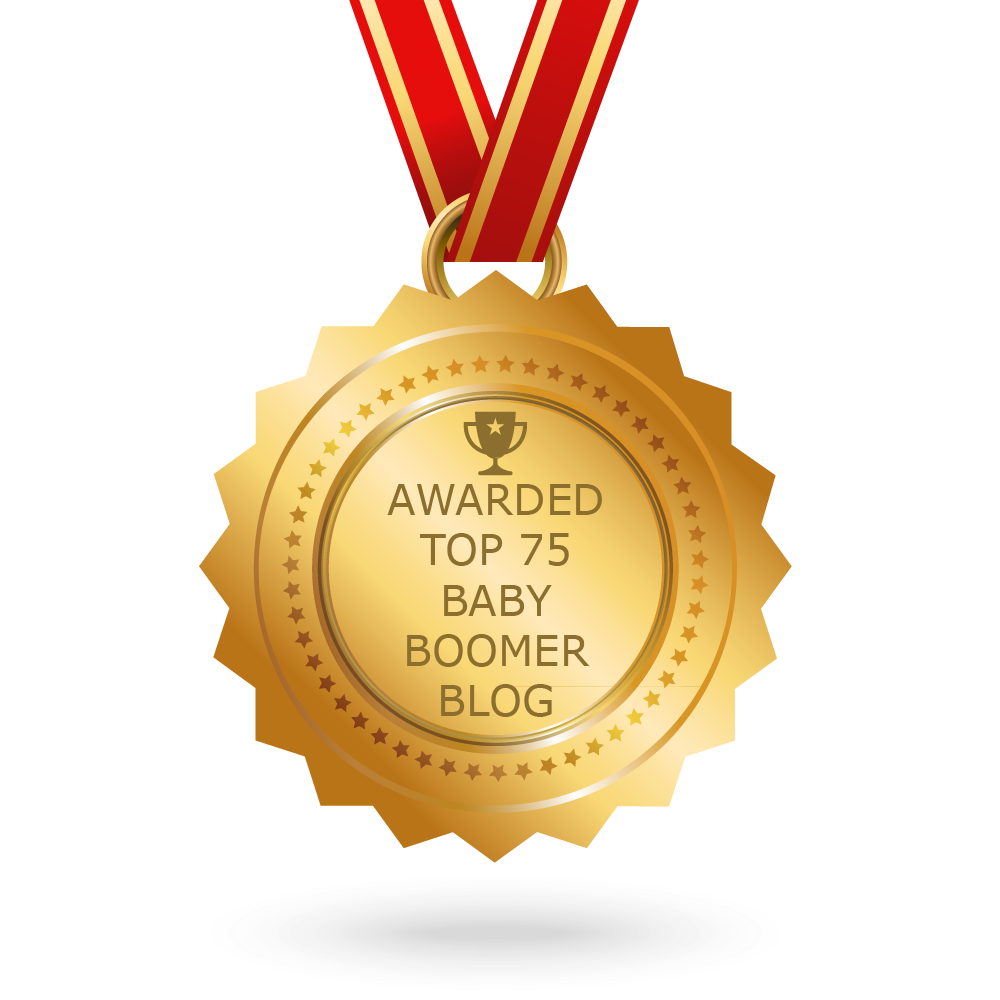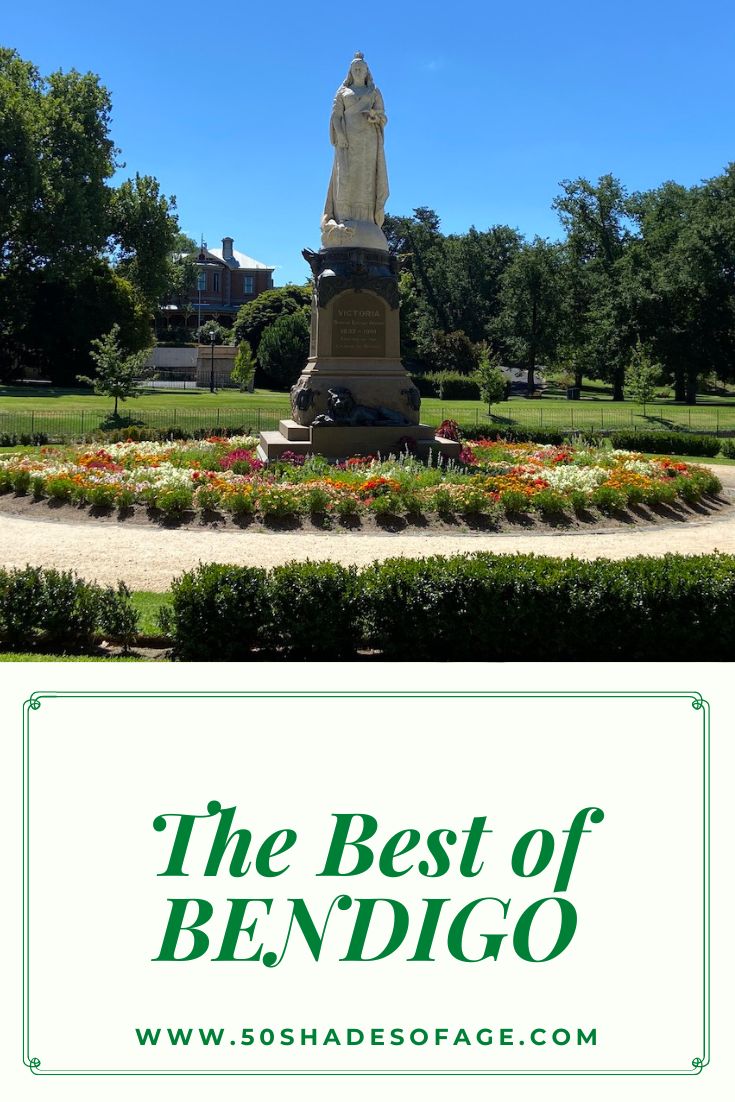
It’s been a while since I visited my hometown Bendigo in Central Victoria. Because Australia was in effect closed for tourism for the past two years, it has not been possible to travel interstate. This provincial city is only 130 kilometres north of Melbourne and is an easy drive along the Calder Freeway. In February this year, on a caravan trip down to South Gippsland, I stopped in this lovely city and took the time to see the best of Bendigo.
So what is so special about the historical gold rush city of Bendigo? Is it the attractive elm tree-lined streets with the leaves of the elms turning gold and red in autumn? Is it the numerous amount of heritage-listed buildings and grand old homes? Is it the glorious Rosalind Gardens or the ornamental Lake Weeroona? Maybe it is the vintage talking trams that tour the city? Or the elegant Alexandra Fountain in the heart of the city?

Bendigo’s first discovery of gold was in 1851, which then sparked a gold rush that made the region one of the richest gold producers in the world. Gold diggers from all around the world converged on Bendigo, known as Sandhurst at that time, to try their luck on the goldfields. As it turned out it was soon evident that Bendigo was built on gold, with 37 distinct gold-bearing quartz reefs that extended across an area 16 kilometres x 4 kilometres.
Mine shafts were dug everywhere and at one point there were 5,000 registered alluvial gold mines in the area. They were excavated at great depths, with some being as deep as 1,000 metres. The Bendigo goldfield represented the largest concentration of deep shafts anywhere in the world.
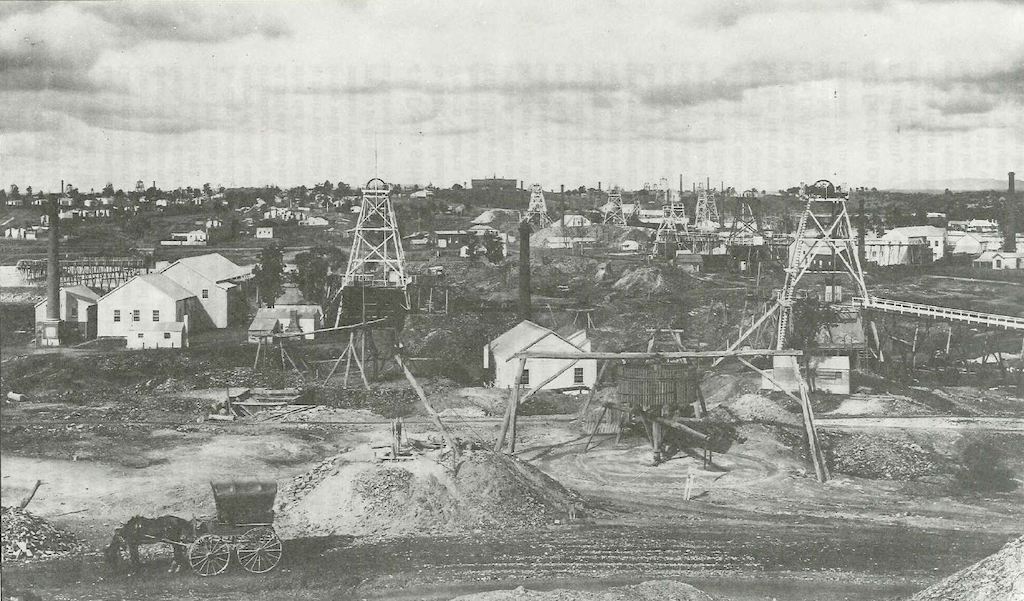
Bendigo soon became a thriving city that owes its broad streets and layout to a progressive town plan prepared in 1854. The city’s early wealth is evident with the amount of flamboyant public buildings, grand old mansions and gardens that were constructed during the gold rush era.
There still appears to be gold in the remnants of what was once the Bendigo Goldfields. My 91-year old father who still lives in Bendigo, up until recently used to go out bush on his postie motorbike with a gold detector, where he picked up some nice pieces of gold from the old diggings.
When I lived in Bendigo it was famous for being a city of pubs, and we often said “back in the gold rush times there was literally a pub on every corner”! The records show that during the gold rush era there were 91 licensed pubs in the town. However these days there are around 40 remaining pubs. Some of these pubs are heritage-listed and are worth doing a “pub crawl” to check out their architecture.
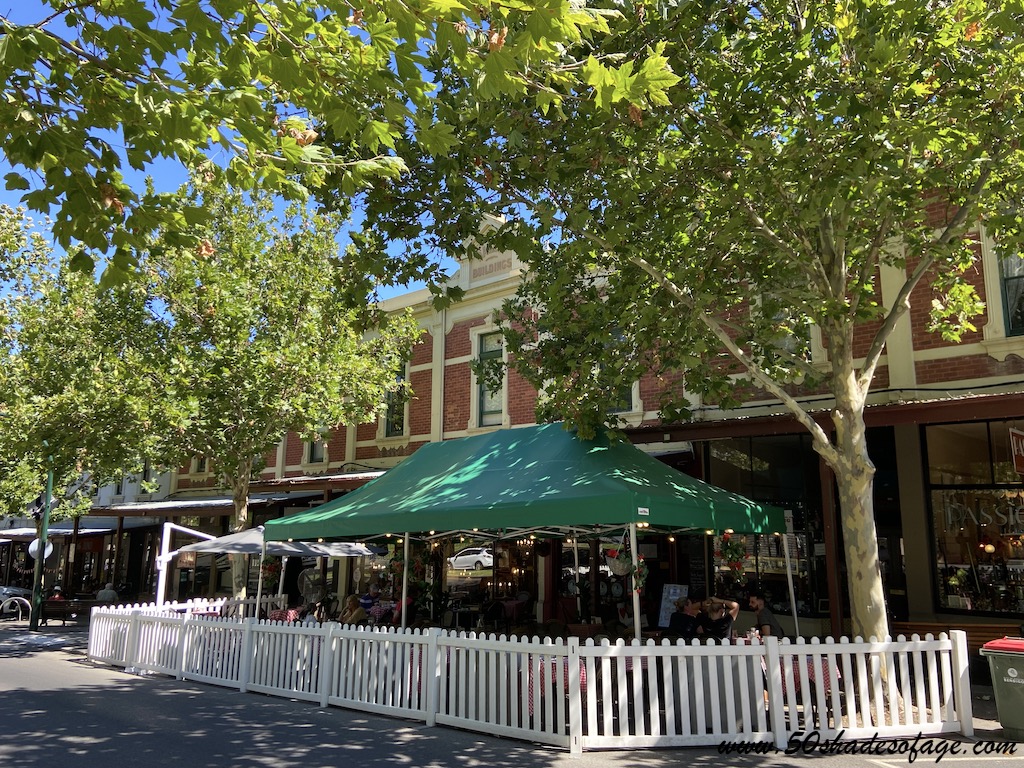
Back in the sixties and seventies, before Bendigo became “trendy”, we dined out at many of the old pubs that today still produce some great pub food. There was one main cafe in the city centre called Favaloro’s Cafe (since sold), right next to the iconic Beehive Building. The Bendigo Post Office was just that, but it now houses the Bendigo Visitor Centre and Post Office Gallery.
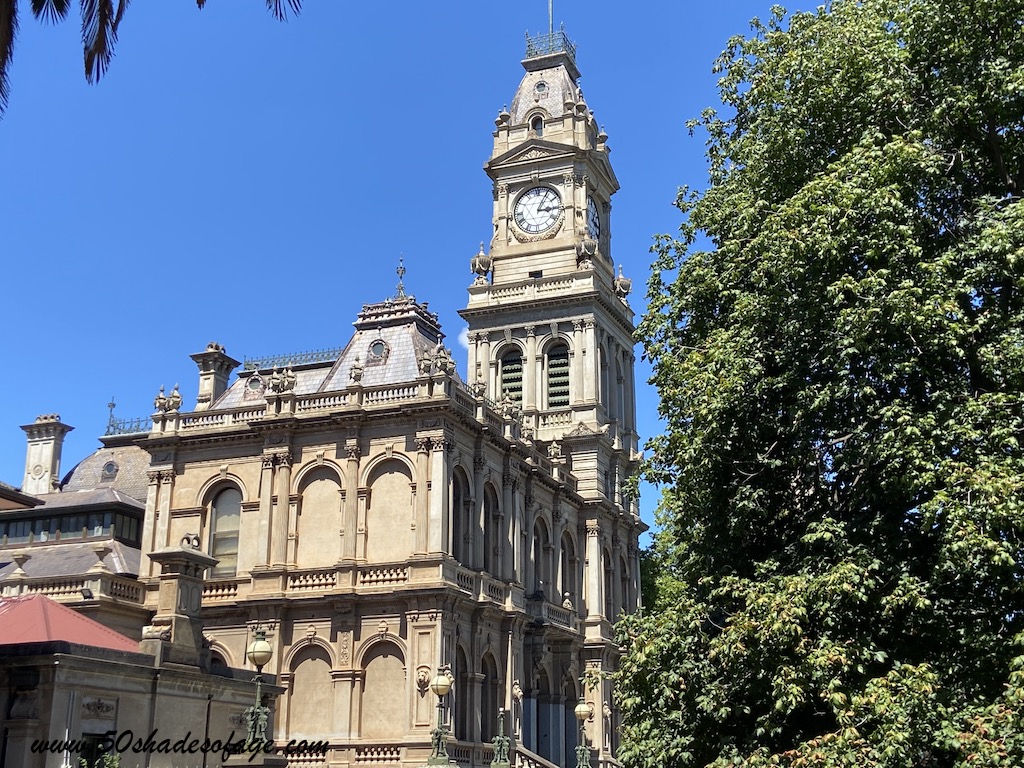
When I was young in the sixties and seventies you could still catch a tram from Golden Square to Bendigo. The trams stopped in 1972 and were reincarnated with a paint job, becoming a tourist attraction called the Bendigo Talking Tram.
Alexandra Fountain in Charing Cross was where everyone congregated at 12 midnight on new year’s eve to steal a kiss from a stranger. This fountain’s claim to fame is that it is the largest and most ornate municipal fountain in Victoria.
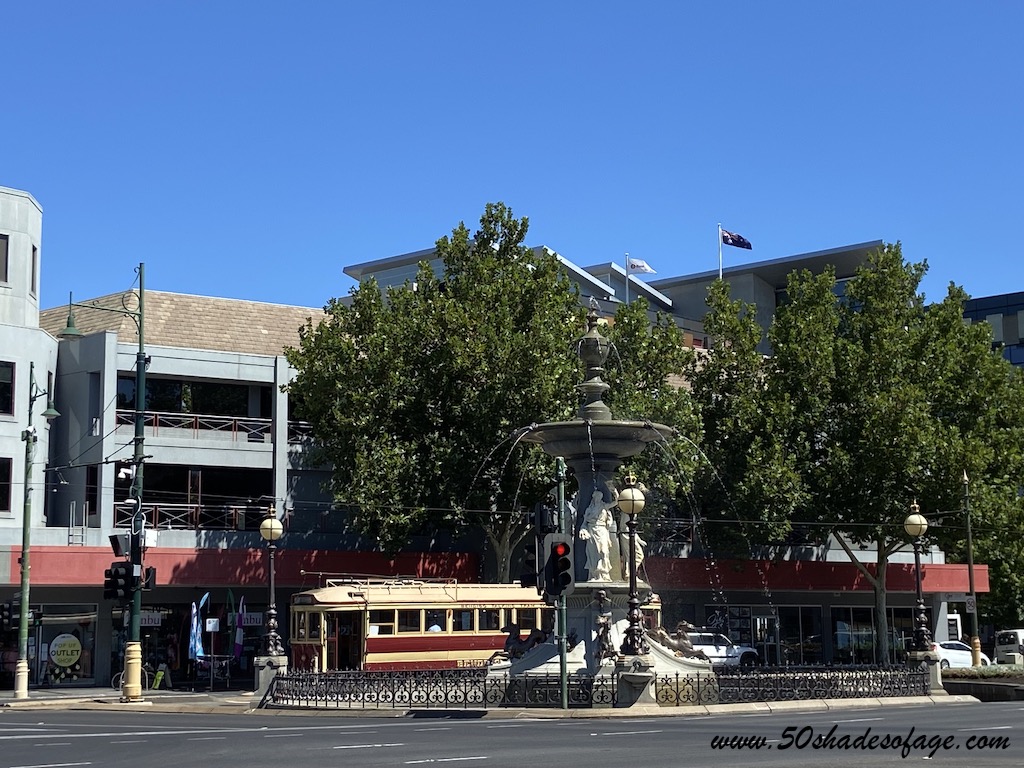
The Gothic-style Sacred Heart Cathedral that stands audaciously on a hill in Bendigo, was still under construction and appeared that way for the entire time I lived in Bendigo. My research confirms this – works recommenced on the cathedral after a long interval in 1954, and were completed in 1977. But it truly is an impressive and imposing church.
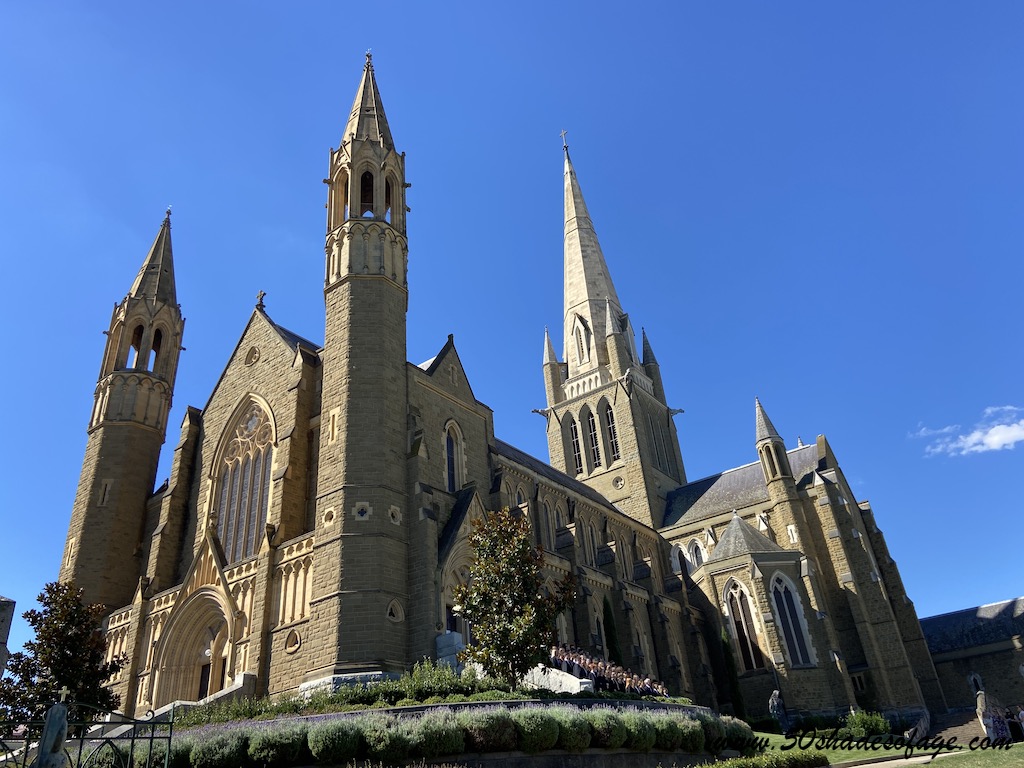
As years have gone by, more and more trendy shopping precincts, like Bath Lane and Bendigo Marketplace have popped up. There is also a strong emerging foodie scene with funky cafes, craft breweries and fine dining establishments. Art and theatre lovers are also rewarded with a great street art trail, the Bendigo Art Gallery, Post Office Gallery, Ulumbarra Theatre, Capital Theatre and Bendigo Pottery.
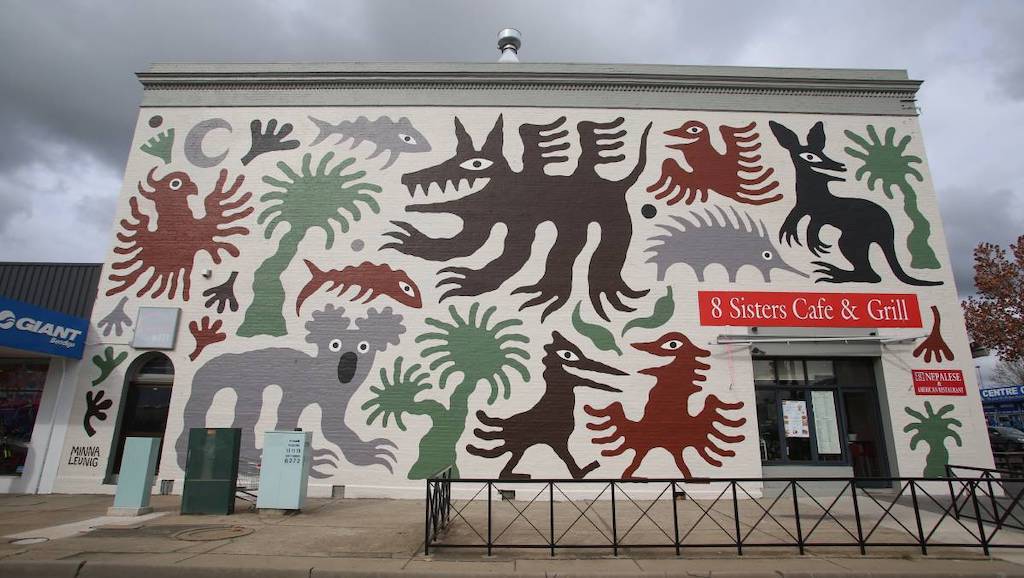
Beside all of these changes, the main one that I have noticed is the renaissance and growth of Bendigo’s wine region. There are now over 50 cellar doors that you can visit. Balgownie Estate, the oldest winery in the region, not only offers wine-tasting and a restaurant, but luxury glamping and modern homestead accommodation.
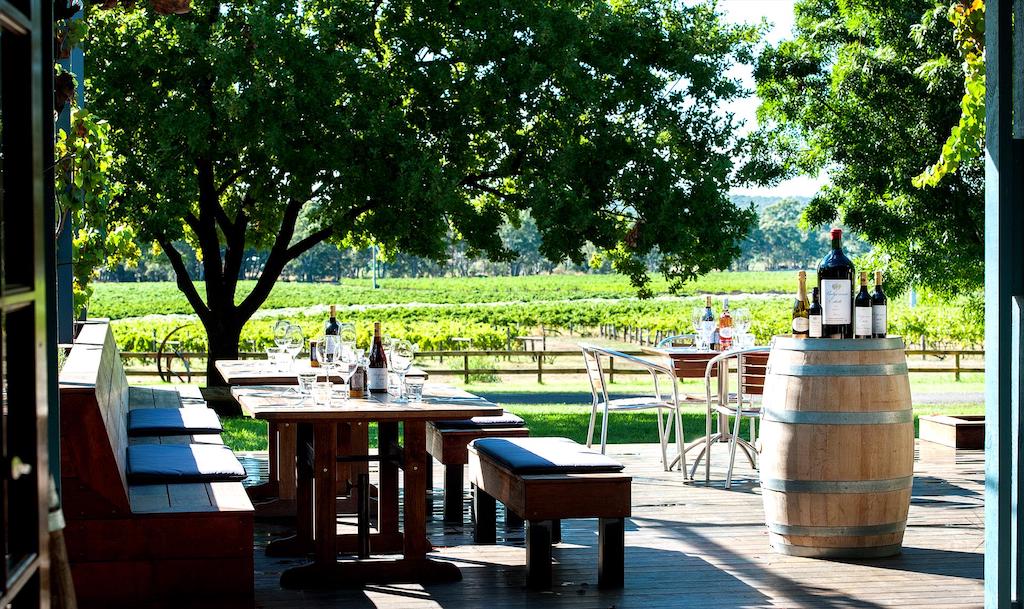
Since the rush of the gold mining era Bendigo has evolved into a sophisticated city with a burgeoning food, wine and arts scene. I can fully understand why it is such a popular tourist destination with loads of interesting things to see and do, such as:
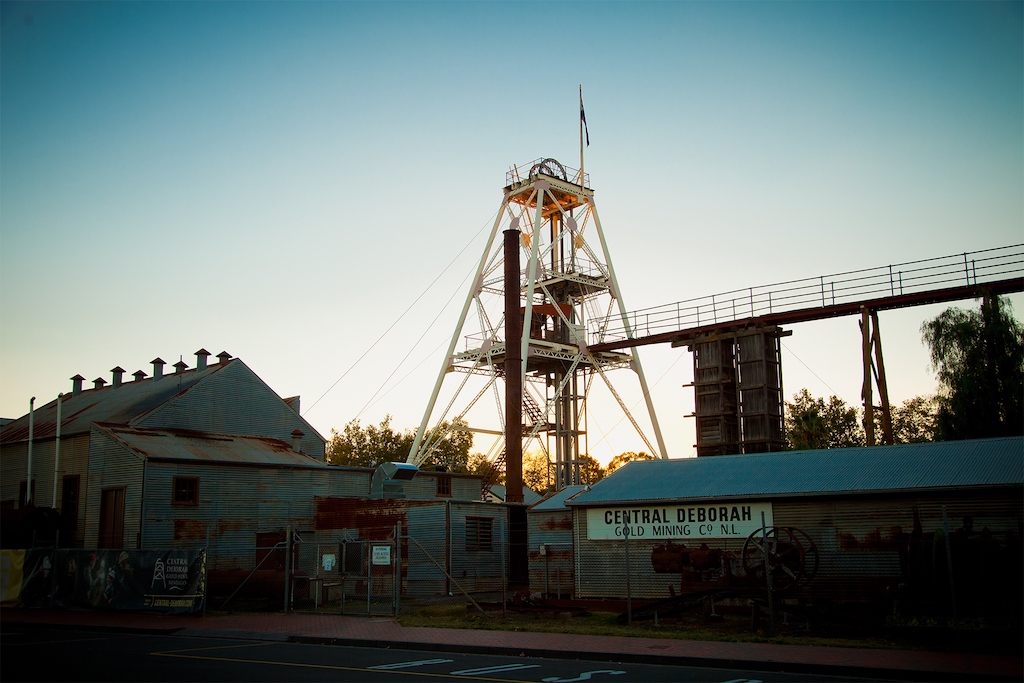
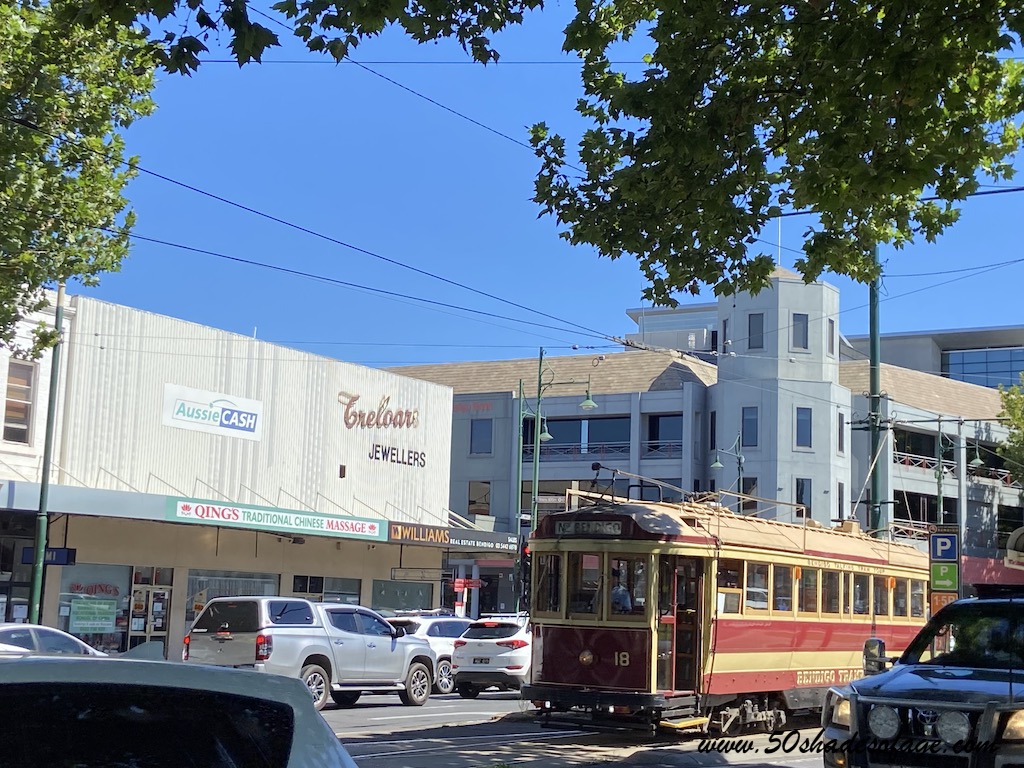
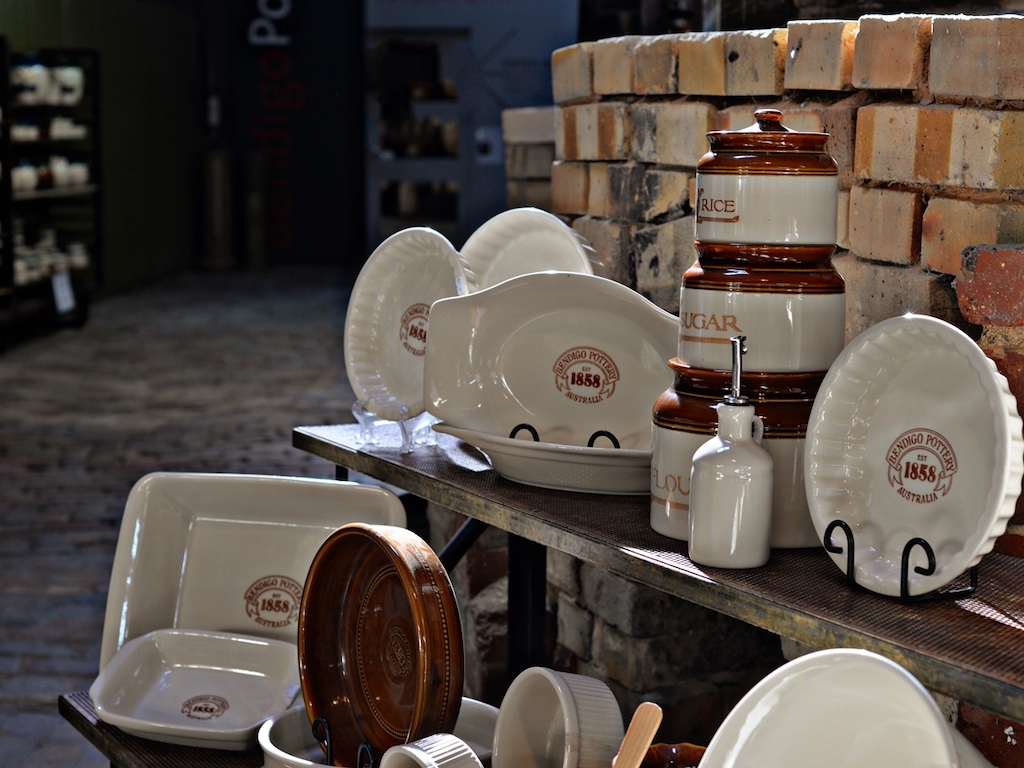
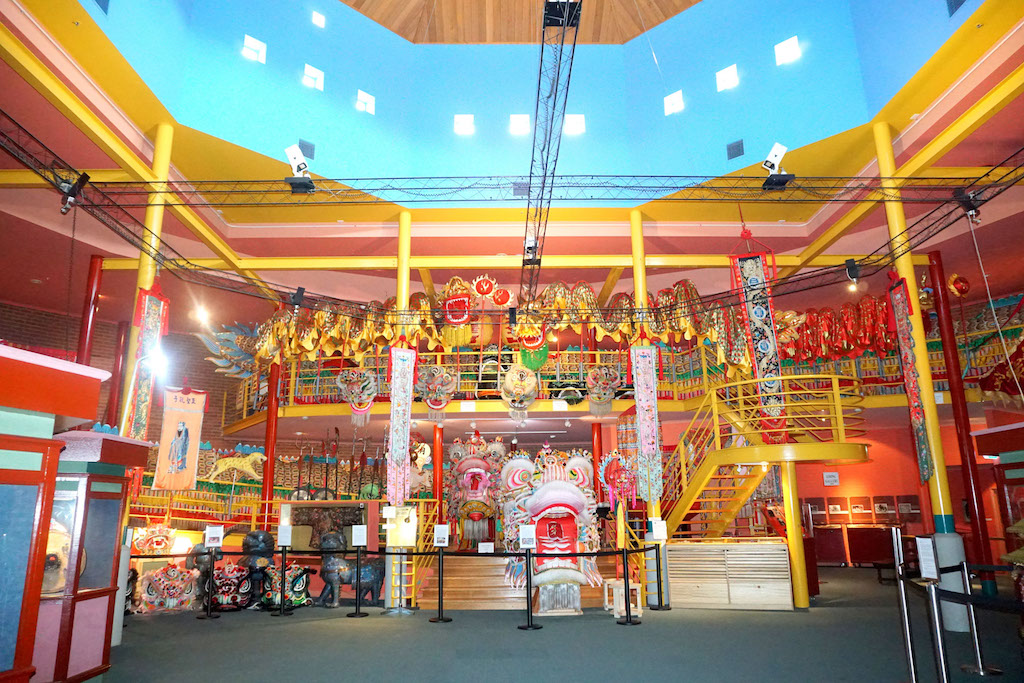
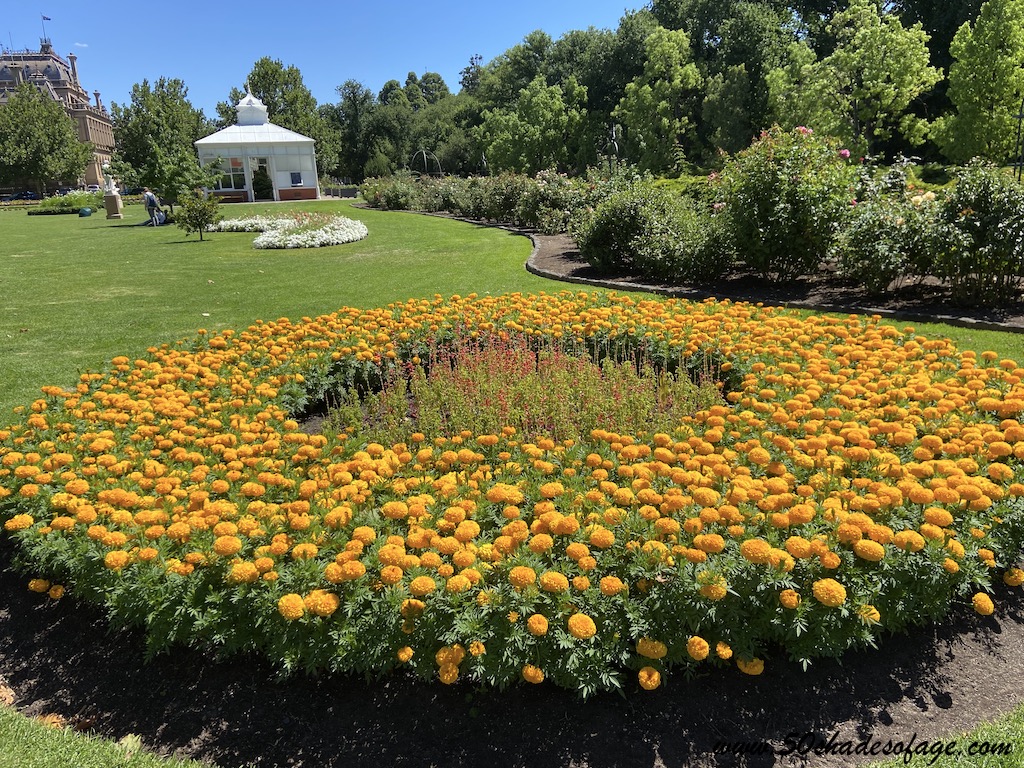
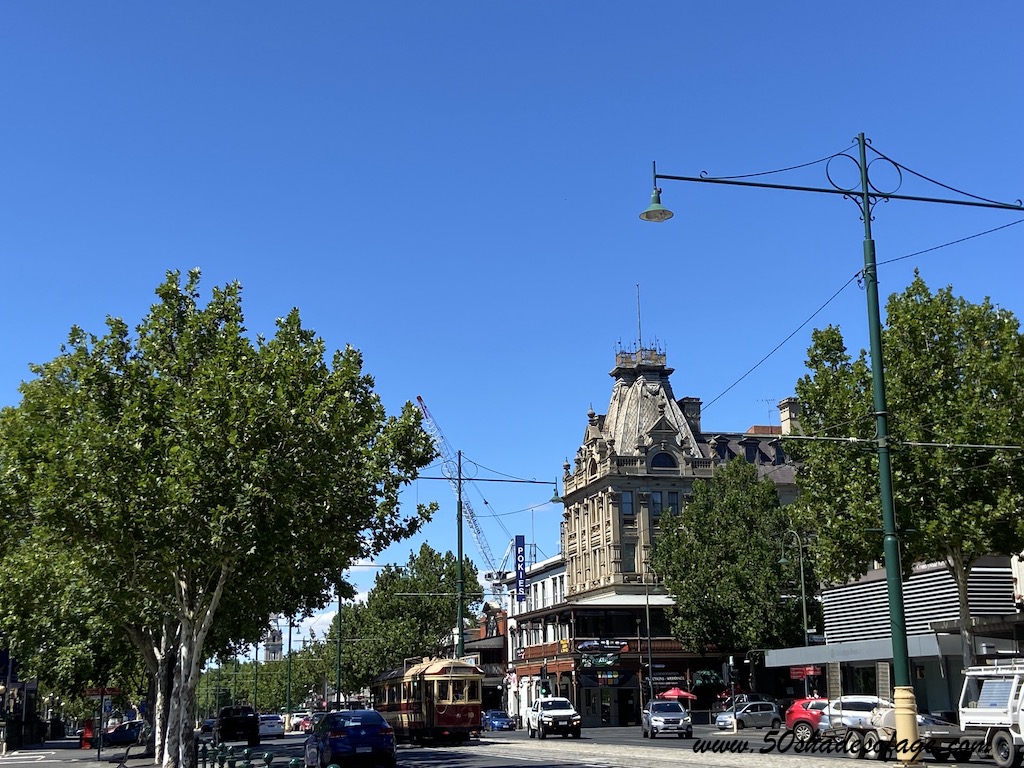
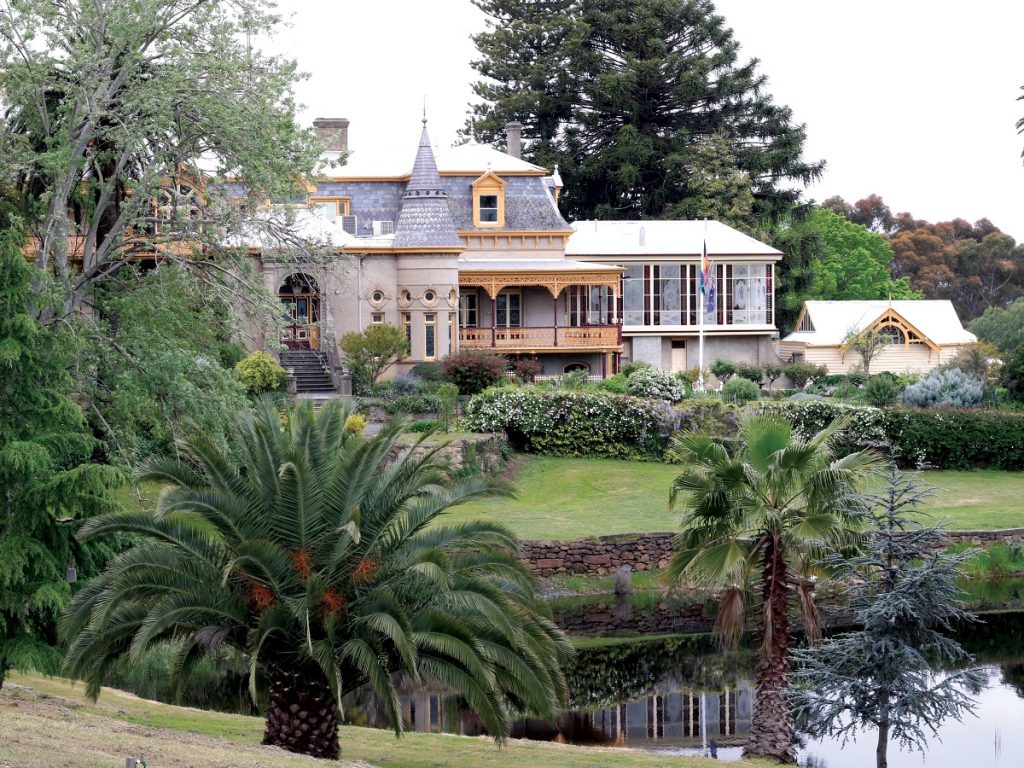
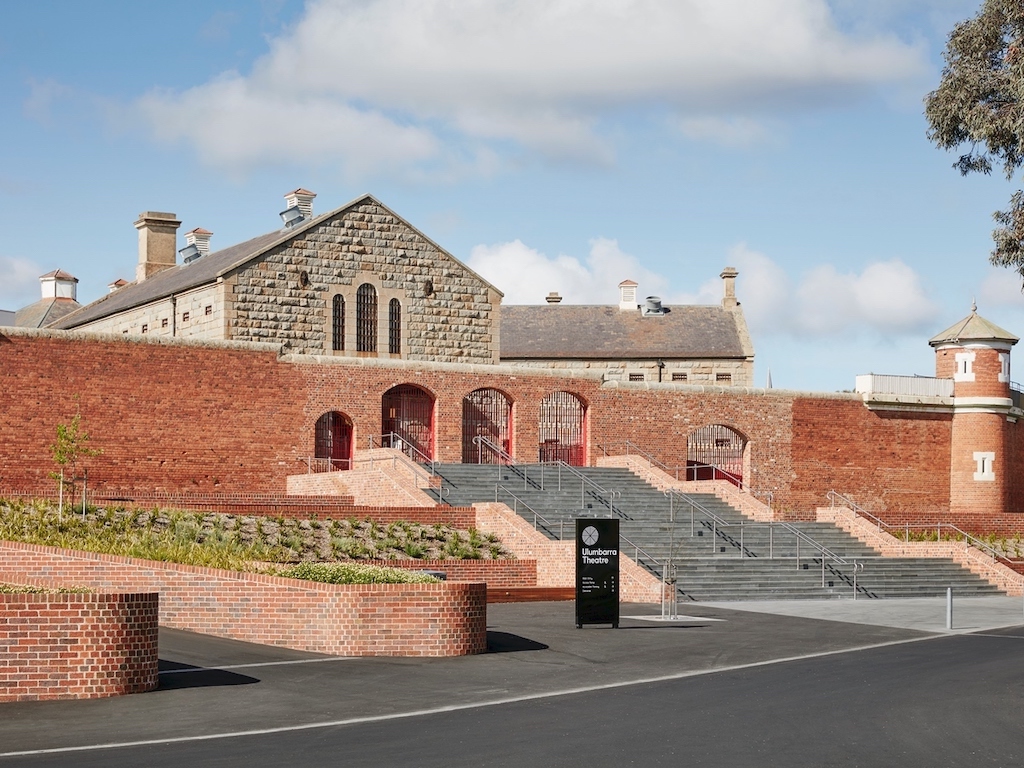
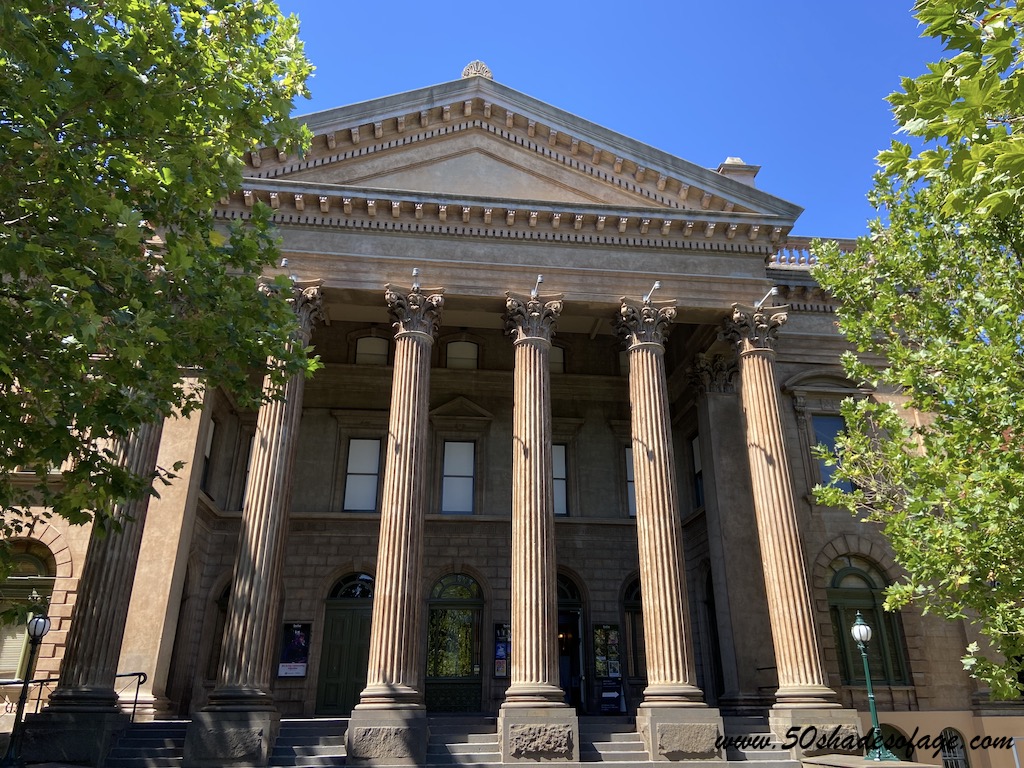
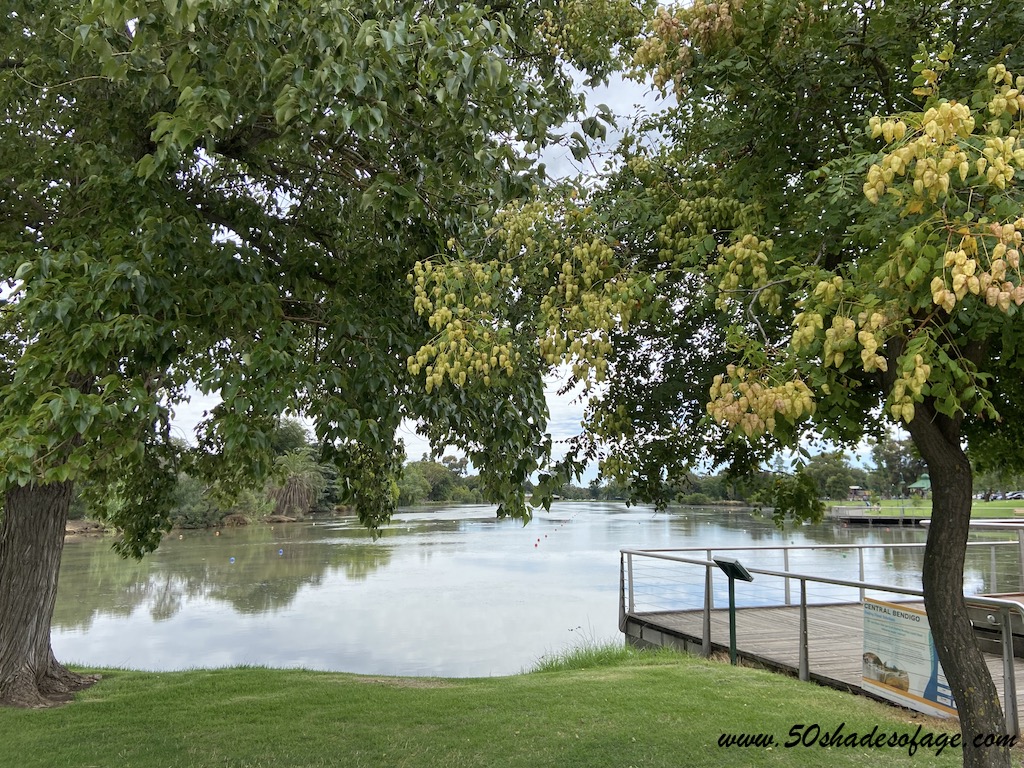
With Bendigo’s central location in the middle of Victoria, it is a great place to base yourself to explore the region. Here are a few suggestions:
We spent a morning driving the distance of 38 kilometres out to the historical gold rush town of Maldon. The curved main street of the town has been perfectly preserved with weatherboard homes, solid stone buildings and decorative shop fronts. For this reason Maldon was awarded the ‘most intact heritage streetscape’ by the National Trust in 2006.
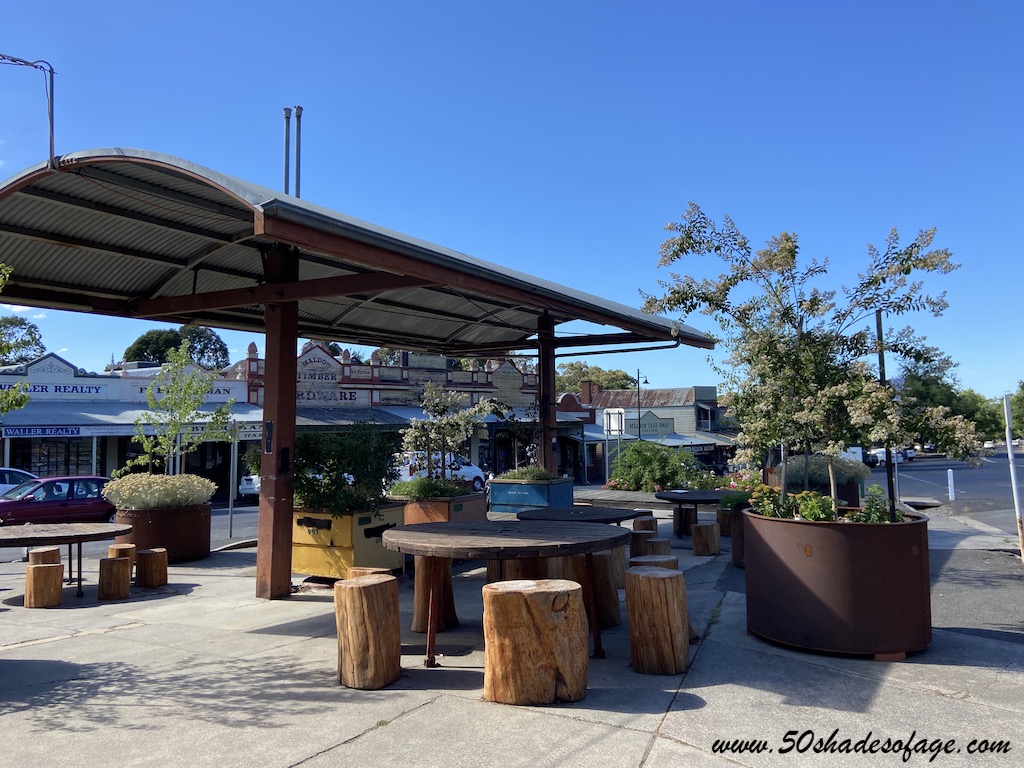
There are many interesting shops selling arts and crafts, local produce, homemade chocolates, fashion boutiques, antiques and old wares. The town boasts a good selection of cafes – we chose to partake in Devonshire tea with delicious scones, jam and fresh cream at the ornately decorated Maldon Rose Tea Rooms.
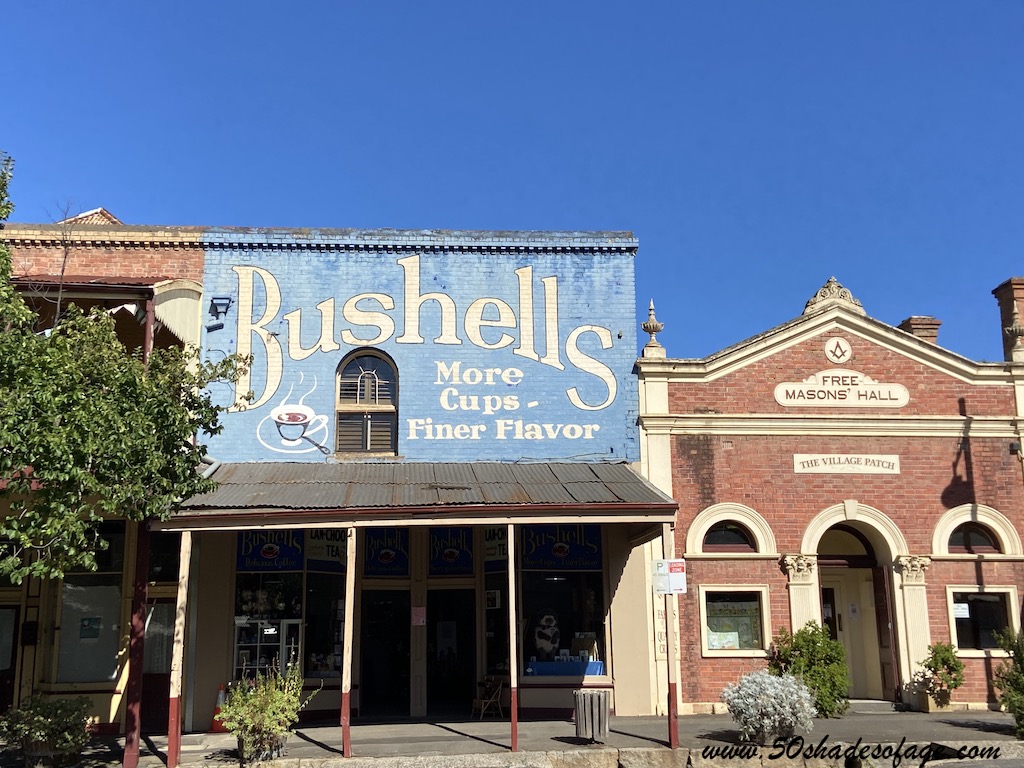
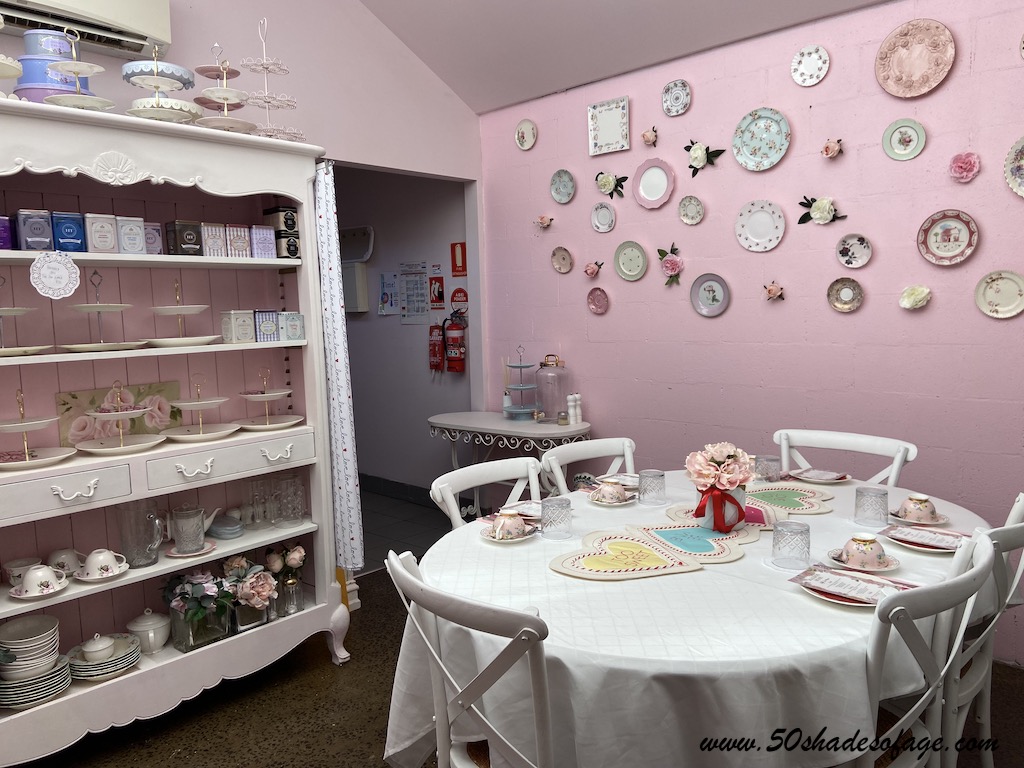
Just outside town it’s worth a drive up the steep winding road to Mt Tarrengower, where you can scale up to the top of the poppet head lookout for magnificent views of the surrounding countryside.
Only 15 minutes drive from Maldon is the small city of Castlemaine. It is best known for its eclectic art scene, quality cafes, gold rush history and the Castlemaine Woollen Mills, that have been converted into The Mill Castlemaine – an arts and food hub.
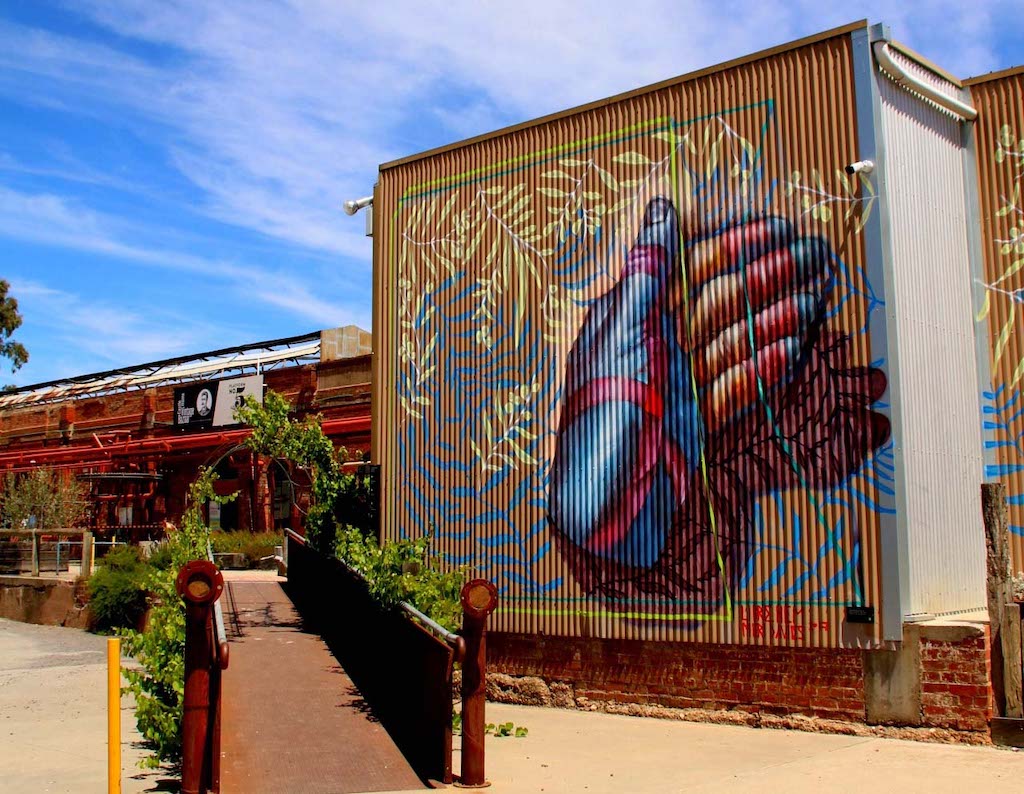
One of the coolest things to do in Castlemaine is to catch the authentic steam heritage train on the Victorian Goldfields Railway that links Castlemaine to Maldon.
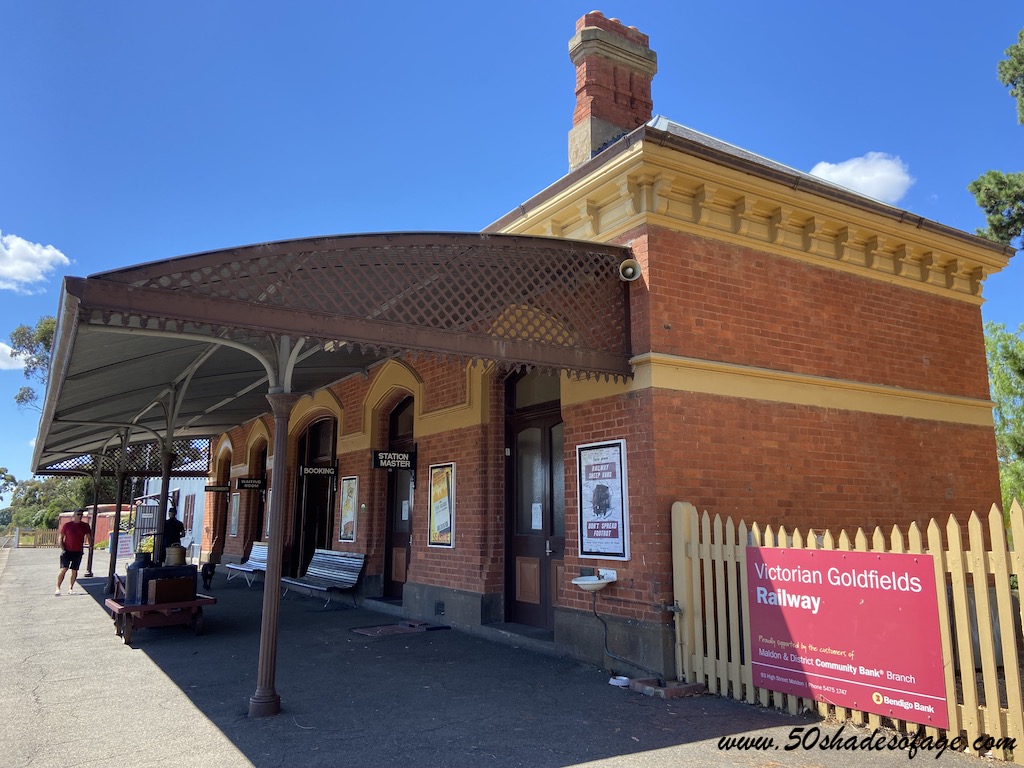
Venture into the wine region of Heathcote 42 kilometres east of Bendigo, renowned for its Shiraz wines. Here you will enjoy tasting some spectacular reds at over 30 cellar doors and wineries. Alternatively sample some craft beers at Paling Bros. Brewery.
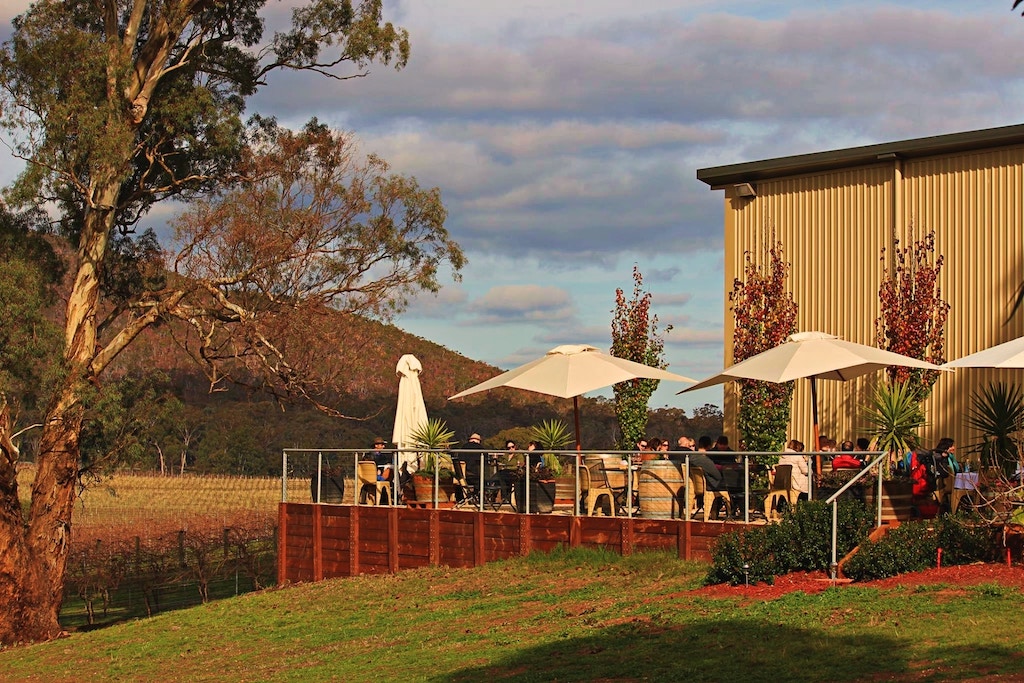
When I was young my parents used to take us out to Lake Eppalock in summer where we swam, paddled a canoe, fished and water-skied. This massive lake was purpose built to supply water for irrigation and is one of the most popular recreational inland waterways in Victoria. It is only a 30 minute drive from Bendigo and is an ideal spot for a picnic lunch or BBQ.
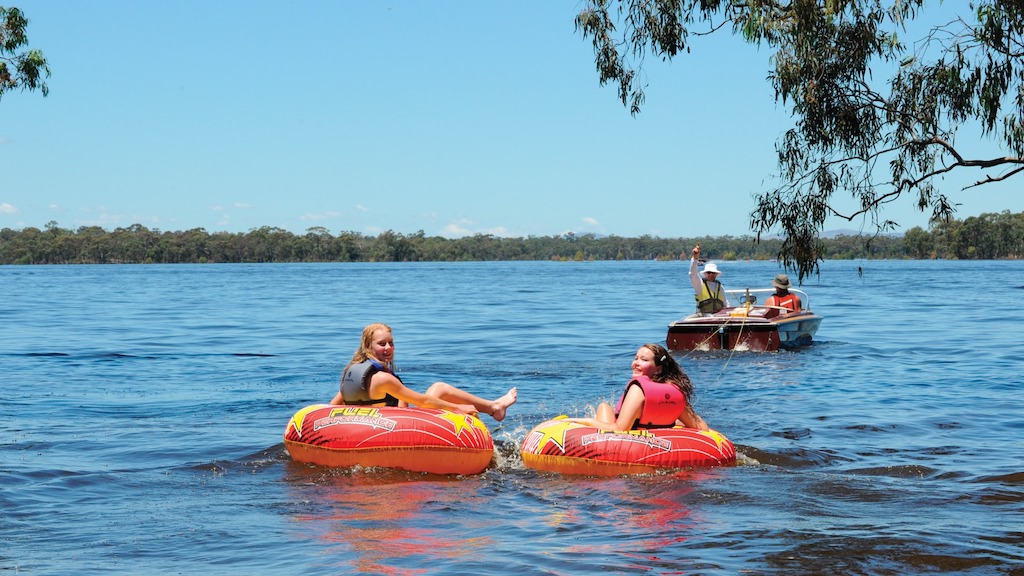
Through the years there has been a debate about which is the better Victorian provincial city – Bendigo or Ballarat? I may be biased, but I believe Bendigo wins hands down! It has truly come of age and from the gold mining shafts, it has risen and emerged as a top tourist destination. I couldn’t be more proud of my hometown.
Kathy was a 50 something year old when she started up this blog 6 years ago, but has since turned over another decade and is now in her early 60s. She is married with two adult children and lives on the Tweed Coast of New South Wales, Australia. Kathy enjoys living life to the fullest and loves to keep fit and active by maintaining a healthy diet and exercising regularly. Some of her interests include reading, photography, travelling, cooking and blogging! Kathy works part-time as a freelance writer but her real passion is travelling and photographing brilliant destinations both within Australia and overseas and writing about it.
